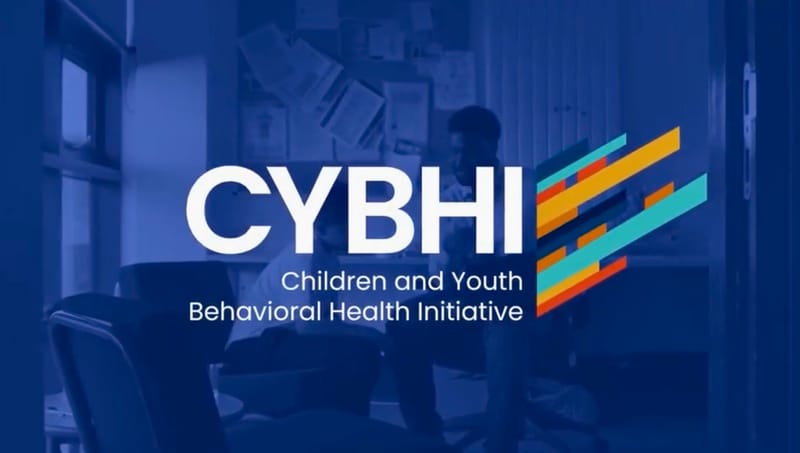California’s reading scores drop: Will Newsom’s new screening initiative be enough?
California's NAEP reading scores declined again in new 2024 data, just weeks after Governor Gavin Newsom launched a screening initiative aimed to reverse the trend.
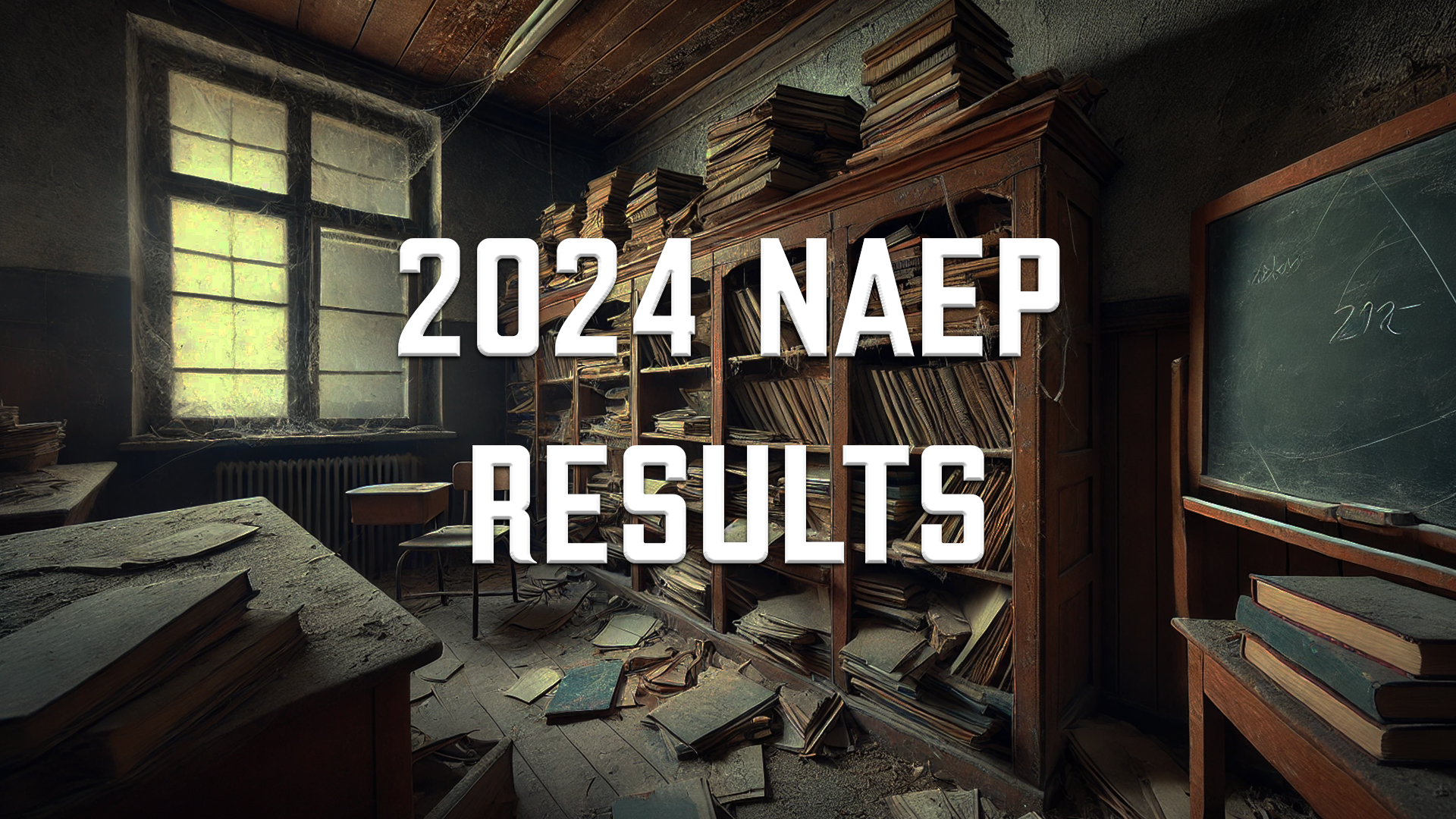
The latest results from the National Assessment of Educational Progress (NAEP) paint a troubling picture for California’s reading proficiency. Newly released 2024 data shows a decline in both fourth and eighth grade reading scores, reinforcing concerns that the state’s literacy crisis is deepening.
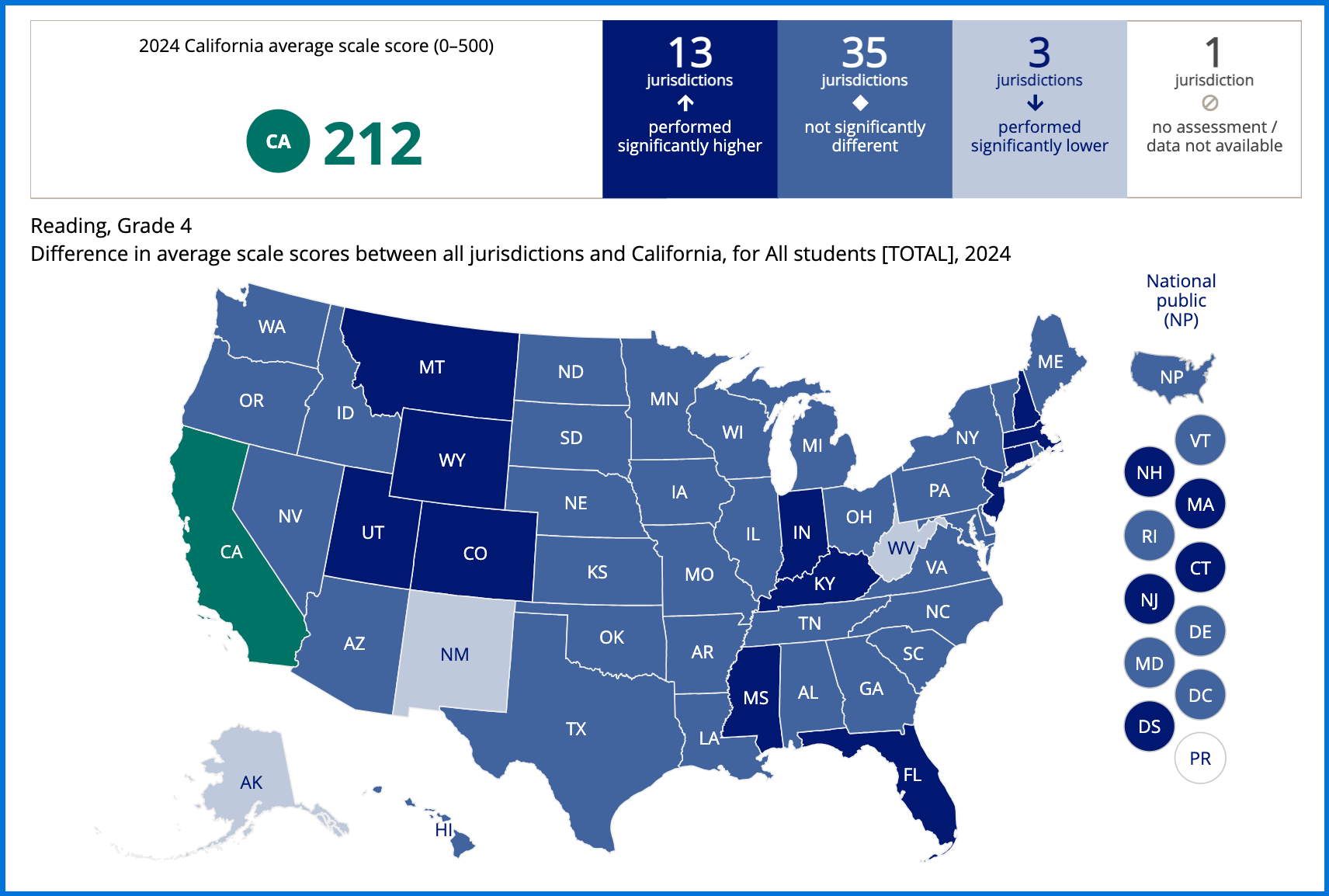
Meanwhile, Governor Gavin Newsom recently announced a statewide literacy just weeks ago, aimed at identifying reading difficulties earlier in students’ educational journeys.
Starting in the 2025-26 school year, all kindergarten through second-grade students in California will undergo annual screenings to assess their risk for reading difficulties, including dyslexia.
The question remains: Will these reforms be enough to reverse the downward trend in literacy?
The New NAEP Scores: A Worrying Trend
According to the 2024 NAEP results, California’s average reading scores declined compared to 2022. Fourth graders in California saw their scores drop to 212, while eighth graders fell to 254, both below the national average
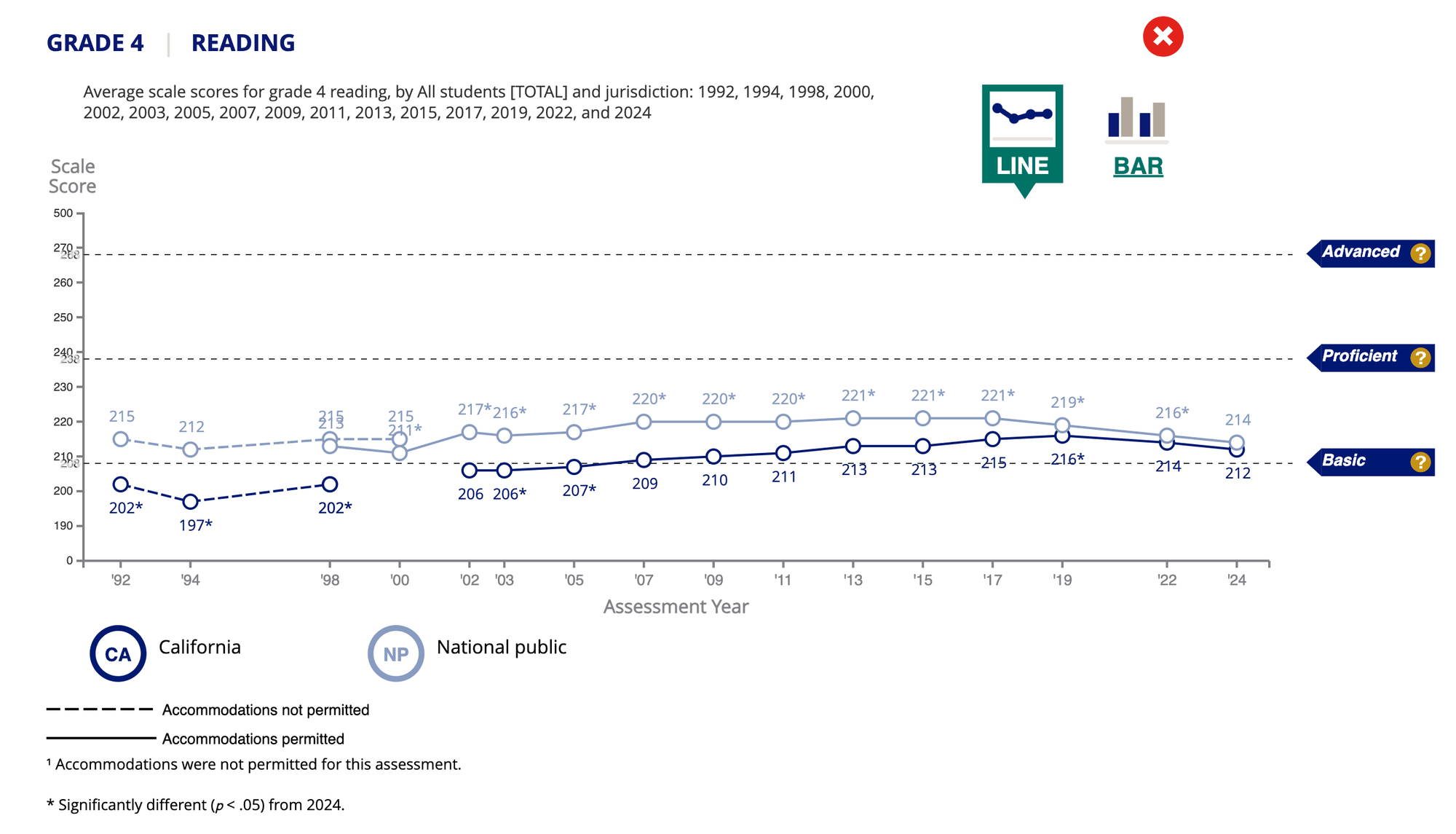
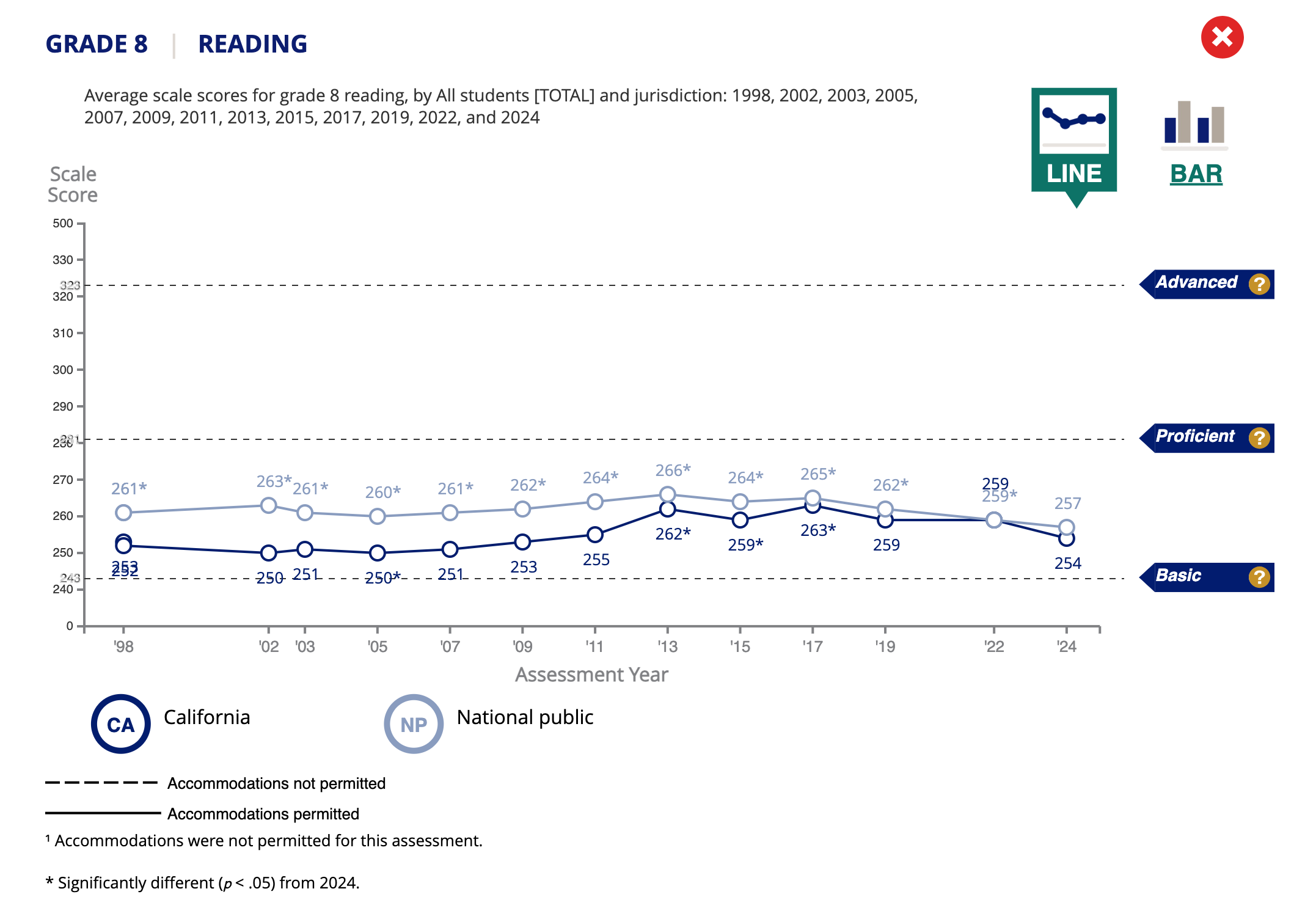
This is how California's reading scores for Grade 4 and Grade 8 compare to national scores in recent decades.
The state’s reading performance remains consistently behind national trends, and the recent dip raises concerns about the effectiveness of current literacy efforts.
These declines are part of a broader national pattern, as noted by Chad Aldeman in a recent article for The 74:
“Across a wide range of national and international tests, grade levels and subject areas, American achievement scores peaked about a decade ago and have been falling ever since.” -Chad Aldeman
The downward trajectory extends beyond California, but the state’s persistent gap with national averages suggests deeper systemic challenges.
Can Early Screening Reverse the Decline?
Governor Newsom’s initiative represents a significant policy shift for California, where reading difficulty screenings have never before been required by law. The plan aims to screen 1.2 million students annually, allowing educators to identify and support struggling readers before they fall too far behind.
Education experts have long advocated for early intervention as a key strategy for improving literacy.
“Early identification of reading difficulties is essential for providing the individualized supports needed for long-term success in reading.” State Board of Education President Linda Darling-Hammond.
However, the success of this initiative will depend on whether California schools have the resources to act on the screening results. Funding for literacy coaches and professional development for teachers is already being rolled out, but implementation challenges remain.
Why Are Reading Scores Falling?
Aldeman’s analysis of nationwide trends suggests that multiple factors may be contributing to the drop in reading scores. He notes that while some blame has been placed on smartphones and social media, others point to weakened educational accountability policies.
“Schools have been de-emphasizing basic skills, easing up on behavioral expectations and making it easier to pass courses.” -Chad Aldeman
This shift in education policy may have left many students without the foundational skills they need to succeed in literacy.
The formative assessments from @NWEAPolicy @RenLearnUS @CurriculumAssoc got the story right.
— Chad Aldeman (@ChadAldeman) January 29, 2025
They showed some gains in math but continued declines in ELA -->https://t.co/lADw2kHa2p pic.twitter.com/8DbTUZD4Nn
California’s new reading initiative focuses heavily on early identification, but it does not yet address middle school literacy interventions, where eighth-grade reading scores have also fallen significantly. The state may need to expand its strategy to support struggling students beyond second grade, ensuring that reading gains made in early childhood are sustained through later years.
The Road Ahead: What Needs to Happen?
With California’s NAEP reading scores now at some of their lowest points in years, the urgency for effective intervention has never been greater. While Newsom’s screening initiative is a promising first step, the state must ensure that:
- Interventions are properly funded and implemented following the screenings.
- Existing literacy programs, such as those in high-needs schools, are evaluated for effectiveness.
- Middle and high school students receive additional literacy support to prevent further declines in reading proficiency.
As policymakers debate next steps, one thing is clear: California’s literacy crisis cannot be ignored. The success of Newsom’s initiative will ultimately be measured not just by how many students are screened, but by whether those students show real, measurable improvements in their reading skills over time.



